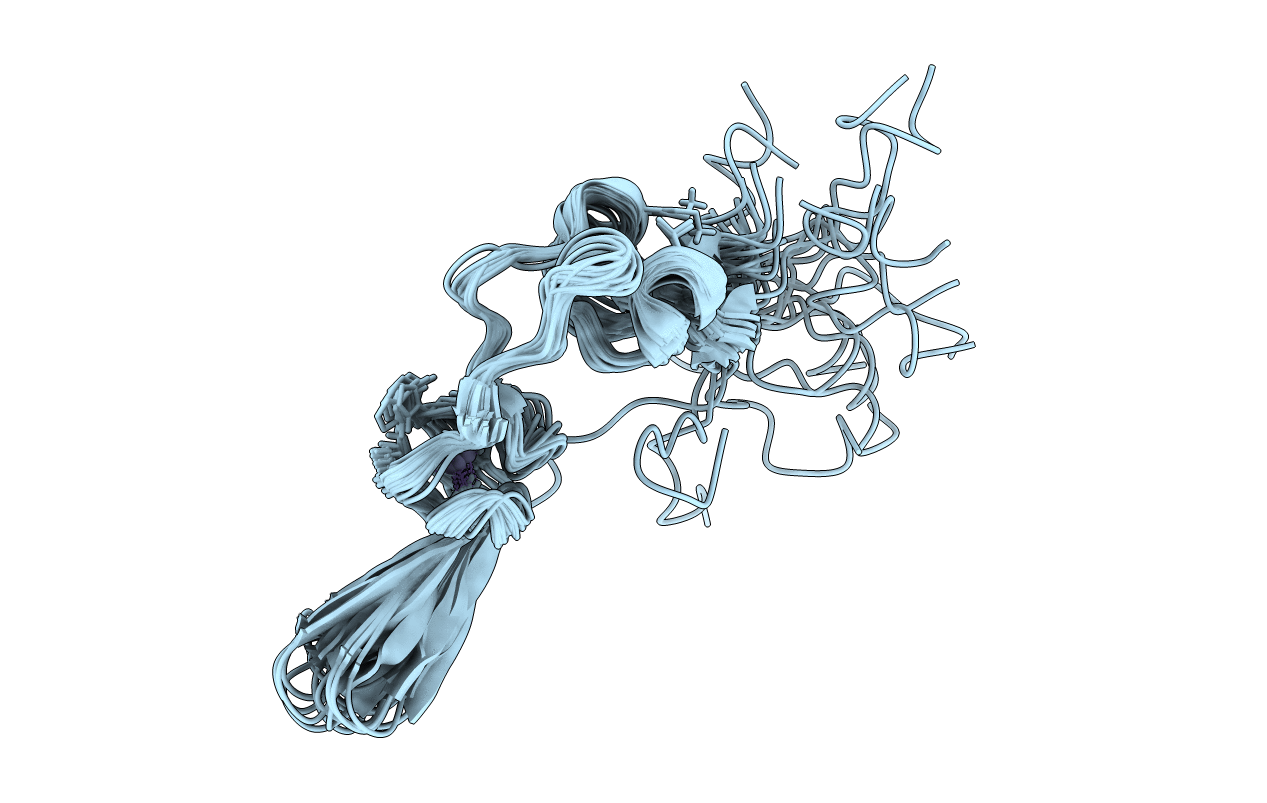
Deposition Date
2000-05-03
Release Date
2000-07-26
Last Version Date
2024-05-22
Entry Detail
PDB ID:
1EXK
Keywords:
Title:
SOLUTION STRUCTURE OF THE CYSTEINE-RICH DOMAIN OF THE ESCHERICHIA COLI CHAPERONE PROTEIN DNAJ.
Biological Source:
Source Organism:
Escherichia coli (Taxon ID: 562)
Host Organism:
Method Details:
Experimental Method:
Conformers Calculated:
112
Conformers Submitted:
20
Selection Criteria:
structures with the least restraint violations,structures with the lowest energy


